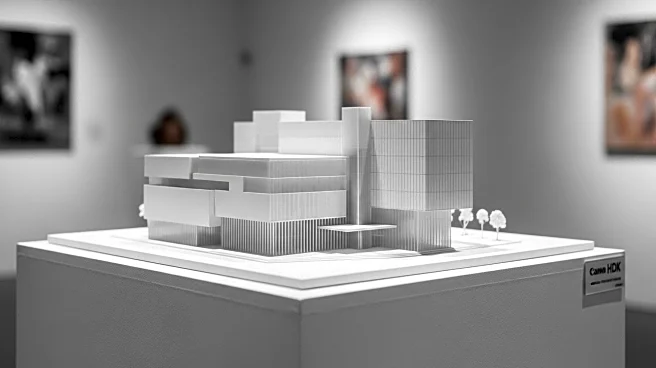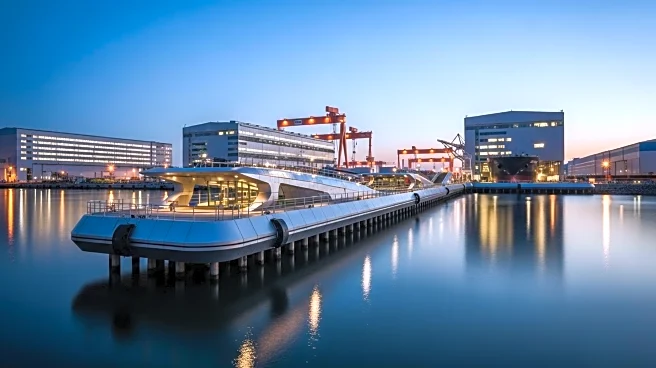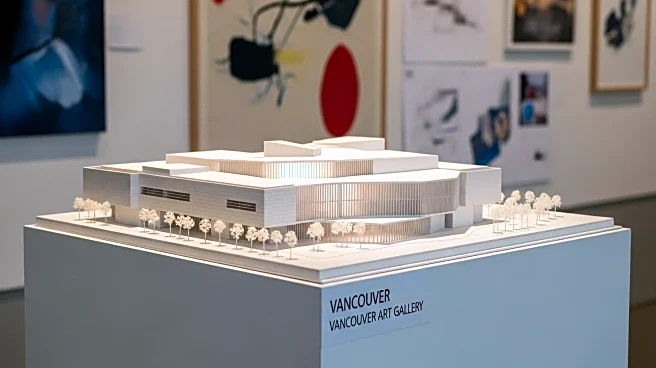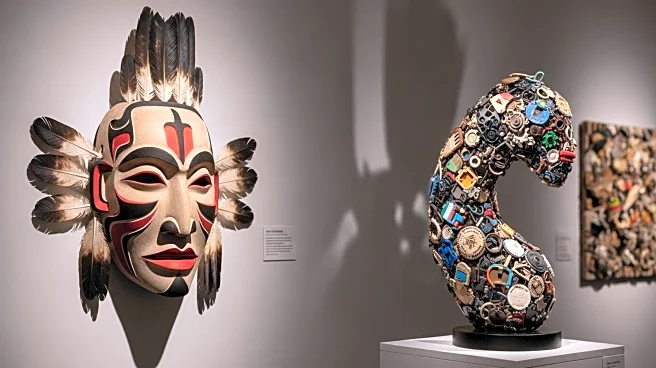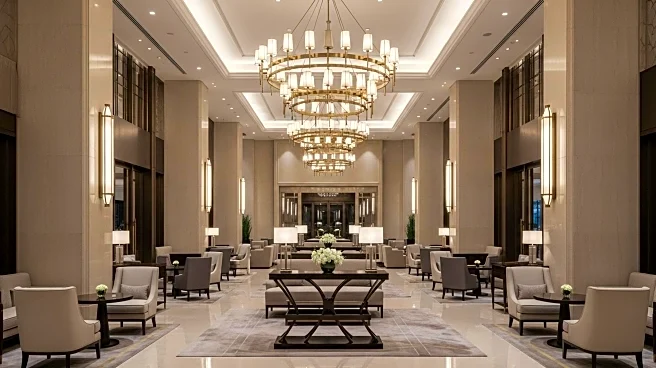What is the story about?
What's Happening?
The Vancouver Art Gallery (VAG) has announced the selection of Formline Architecture and Urbanism and KPMB Architects to lead the design of its new building project. This decision comes after the previous plan by Herzog & de Meuron was abandoned due to escalating costs, which rose from C$400 million to C$600 million. The VAG had already invested C$60 million in the initial project. The gallery, currently housed in a 165,000-square-foot former courthouse, has outgrown its space and seeks to expand. The new design aims to incorporate Canadian innovation and excellence, with Formline providing an Indigenous design vision and KPMB contributing a proven track record in creating world-class museums.
Why It's Important?
The selection of new architects marks a significant step in the Vancouver Art Gallery's efforts to expand and modernize its facilities. The decision to hire Canadian architects aligns with a pledge from Michael Audain, who promised C$100 million to the project contingent on this condition. This move supports Canadian architectural talent and emphasizes the importance of cultural representation and innovation. The new building is expected to enhance the gallery's capacity to host exhibitions and serve the community, potentially boosting tourism and cultural engagement in Vancouver.
What's Next?
The Vancouver Art Gallery plans to unveil a preliminary design for the new building next year. While the budget and timeline for construction have not been disclosed, the gallery's leadership is optimistic about the project's future. The collaboration between Formline and KPMB is expected to produce a design that honors Indigenous traditions and reflects the diverse cultural landscape of Vancouver. Stakeholders, including donors and the local community, will likely be engaged in the development process as the project progresses.
Beyond the Headlines
The decision to incorporate Indigenous design elements in the new Vancouver Art Gallery building highlights a broader cultural shift towards recognizing and honoring Indigenous contributions in public spaces. This approach not only enriches the architectural landscape but also fosters reconciliation and understanding between Indigenous and non-Indigenous communities. The project could serve as a model for other institutions seeking to integrate cultural heritage into modern design.
AI Generated Content
Do you find this article useful?
